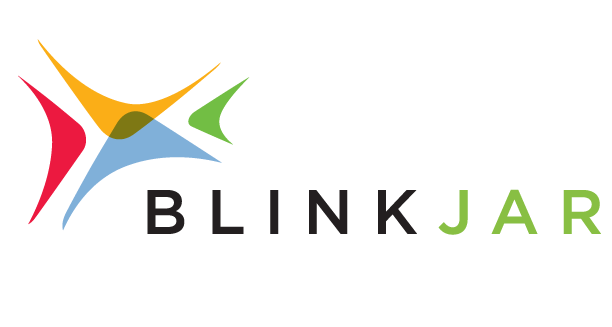Making Your Content Work Smarter: Blog SEO
You’ve identified desirable and achievable long-tail keywords to target with your blog. You’ve put together a stellar piece of content that you just know will resonate with your audience. Now, it’s time to take the steps needed to get it in front of them. After all, no matter how amazing the content, it isn’t worth much if no one can find it. Don’t let all of your research, time, and incredible wordsmithing go to waste. Properly optimizing your blog for search engine optimization (SEO) can help your content become your hardest working salesperson.
Titling Your Blog for SEO
The title of your blog is the first thing that both readers and search engines will consider. It should convey exactly what terms your blog should rank for while also enticing your reader to click through. However, it’s important to keep placement and length in mind. Ideally, your title should be fewer than 70 characters. Any longer, and it will likely be cut off on the search engine results page (SERP) and may hinder your ability to entice users. For this same reason, it is important to keep your targeted keyword as close to the front of your title as possible.
Formatting Your Blog’s URL for SEO
Every blog post you write will publish with its own, unique URL. It also happens to be one the first stops Google makes when your article is crawled for search, making this a critical part of your SEO strategy. While it isn’t harmful to include your entire title in the post URL, it is most important that your long-tail keyword be included in its entirety, so tweak however necessary to ensure that it all makes the cut.
Using Headings and Subheadings to Support Blog SEO
Though they may not carry as much weight as your title or URL, headers are another opportunity to boost your blog’s SEO appeal. Headers range from H1 to H6 with H1 being the most impactful. Your title, for instance, should be an H1. This is the most important header on your page. However, using subheadings throughout your post allows the chance to use less-weighted but still effective H2 and H3 tags, signaling the importance of these keywords to search engines as well.
Meta Descriptions for SEO and User Appeal
Meta descriptions serve as a synopsis of your blog. Consider these your elevator pitch to tell readers and Google exactly what this post is about. Obviously, this a perfect opportunity to include your targeted keyword, but do so concisely. Meta descriptions cut off after about 150 characters.
Boosting SEO throughout the Body of the Blog
Other opportunities throughout the body of the blog are available as smaller, but still relevant signals to search engines. Use variations of your chosen keyword naturally in your post, and don’t focus simply on these. You should be including other phrases as well that can be linked internally to other pages on your website. A blog is the perfect opportunity to show your other pages a little SEO love, as internal links are a direct signal to Google that these pages are relevant and authoritative. It also has the added bonus of keeping users on your website.
As a final step, accurately title any images within your blog. Search engines cannot see photos in the same way as the human eye. Instead, they must rely on the image’s alt text to properly categorize and serve images in search results.
Setting your blog up for SEO success isn’t difficult, it simply requires proper keyword placement and usage. Make sure that you’re using your long-tail keyword and close variations in the places listed above, and you’ll be sending all the right signals to Google that your blog is open and ready for business.








